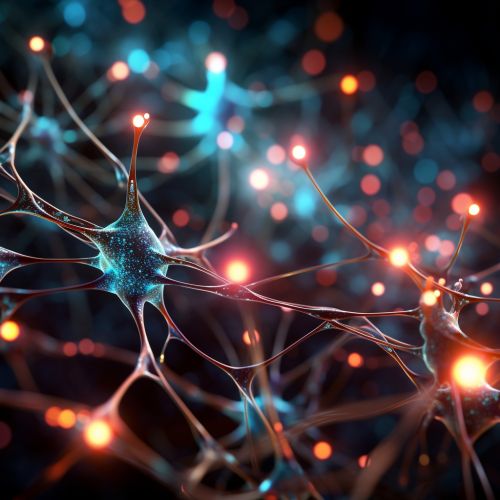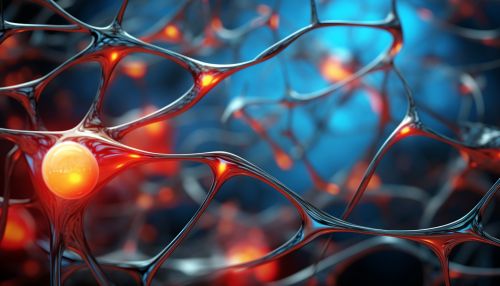Neurology and Nanotechnology
Introduction
Neurology and nanotechnology are two distinct fields of study that have found a common ground in the pursuit of advancements in medical science. Neurology, the study of the nervous system's structure and function, and nanotechnology, the manipulation of matter on an atomic, molecular, and supramolecular scale, have converged to create a new field of research known as neuro-nanotechnology. This article delves into the intricate details of this interdisciplinary field, its potential applications, and the challenges it faces.


Neurology
Neurology is a branch of medicine dealing with disorders of the nervous system. It involves the diagnosis and treatment of all categories of conditions and disease involving the central and peripheral nervous systems, including their coverings, blood vessels, and all effector tissue, such as muscle. Neurological practice relies heavily on the field of neuroscience, which is the scientific study of the nervous system.
Nanotechnology
Nanotechnology is the engineering of functional systems at the molecular scale. This covers both current work and concepts that are more advanced. In its original sense, 'nanotechnology' refers to the projected ability to construct items from the bottom up, using techniques and tools being developed today to make complete, high-performance products.
Intersection of Neurology and Nanotechnology
The intersection of neurology and nanotechnology has given rise to a new field known as neuro-nanotechnology. This field aims to apply nanotechnology principles to neurology, with the goal of developing new diagnostic and therapeutic strategies for neurological disorders.
Applications of Neuro-Nanotechnology
Neuro-nanotechnology has a wide range of potential applications, including the development of nanoscale devices for brain imaging, targeted drug delivery to the nervous system, and the creation of nanomaterials for neural regeneration.
Brain Imaging
One of the primary applications of neuro-nanotechnology is in the field of brain imaging. Nanoscale devices, such as quantum dots and nanoparticles, can be used to enhance the resolution and sensitivity of brain imaging techniques, such as MRI and PET.
Targeted Drug Delivery
Neuro-nanotechnology can also be used to develop targeted drug delivery systems for the nervous system. Nanoparticles can be engineered to carry therapeutic agents and deliver them directly to specific regions of the brain, thereby increasing the efficacy of the treatment and reducing side effects.
Neural Regeneration
The field of neuro-nanotechnology also holds promise for the development of nanomaterials for neural regeneration. These materials can be designed to mimic the natural environment of neurons, promoting their growth and survival, and potentially aiding in the recovery from neurological disorders or injuries.
Challenges and Future Directions
Despite the potential of neuro-nanotechnology, the field faces several challenges. These include the need for further research to understand the interactions between nanomaterials and the nervous system, the development of safe and effective nanoscale devices, and the ethical considerations associated with their use.
Looking forward, the field of neuro-nanotechnology is poised for significant advancements. As our understanding of both neurology and nanotechnology deepens, so too will our ability to harness their combined potential for the benefit of medical science.
